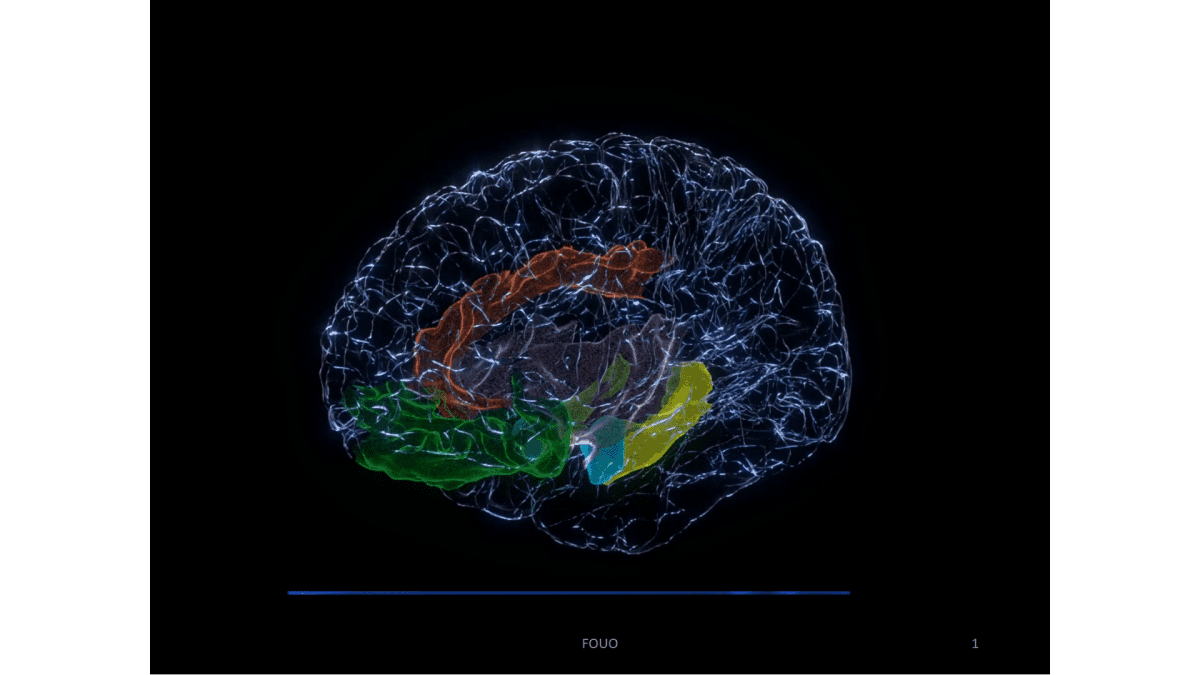
Zapping parts of the brain with electricity could beat the blues.
Researchers say they have found an “effective target” in the brain for electrical stimulation to improve the mood of people suffering from depression.
Their findings, published in the journal Current Biology, show stimulation of a brain region called the lateral orbitofrontal cortex (OFC) reliably produced “acute” improvements.
The effects were not seen in patients without mood symptoms, which the researchers say suggests that the brain stimulation works to normalise activity in mood-related neural circuitry.
Dr Kristin Sellers, of the University of California, San Francisco, said: “Patients said things like ‘Wow, I feel better,’ ‘I feel less anxious,’ ‘I feel calm, cool and collected’.
“And just anecdotally, you could see the improvements in patients’ body language. They smiled, they sat up straighter, they started to speak more quickly and naturally.”
She added: “Although OFC is a more superficial target, it shares rich interconnections with several brain regions implicated in emotion processing.”
Dr Sellers said that made the relatively small brain area an attractive target for therapeutic stimulation.
A team led by Dr Sellers and Dr Vikram Rao in the lab of Professor Edward Chang studied 25 patients with epilepsy who had electrodes placed in the brain for medical reasons to pinpoint the origin of their seizures.
Many of the patients also suffered from depression, which is often seen in people with epilepsy.
With the patients’ consent, Prof Chang’s team took advantage of the electrodes to deliver small electrical pulses to areas of the brain thought to be involved in regulating mood.
Dr Rao said: “Stimulation induced a pattern of activity in brain regions connected to OFC that was similar to patterns seen when patients naturally experienced positive mood states.
“Our findings suggest that OFC is a promising new stimulation target for treatment of mood disorders.”
Previous studies have explored deep brain stimulation (DBS) for mood disorders, but its success depends critically on target selection.
Targets in other mood-related areas deep in the brain hadn’t always led to reliable improvements.
For the new study, the researchers focused their attention and the electrical stimulation on the OFC, which is a key hub for mood-related circuitry.
But it’s also widely regarded as one of the least well-understood brain regions.
The researchers used the implanted electrodes to stimulate OFC and other brain regions while collecting verbal mood reports and questionnaire scores.
The changes in brain activity the researchers observed after stimulation closely resembled those seen when people are in a good mood.
Prof Chang said: “The OFC has been called one of the least understood regions in the brain, but it is richly connected to various brain structures linked to mood, depression and decision making, making it very well positioned to coordinate activity between emotion and cognition.”
The researchers say their findings show that mood can be immediately improved by electrical stimulation of a relatively small area of brain. and also add to evidence that mood disorders are the result of dysfunction in brain circuits.
But they said that plenty of work remains before DBS could enter routine clinical practice.
Dr Rao said: “Ultimately, it would be ideal if activity in mood-related brain circuits could be normalised indefinitely without patients needing to do anything.”
Dr Heather Dawes, who helped to oversee the research, added: “The more we understand about depression at this level of brain circuitry, the more options we may have for offering patients effective treatments with a low risk of side effects.
“Perhaps by understanding how these emotion circuits go wrong in the first place, we can even one day help the brain ‘unlearn’ depression.”
By Stephen Beech